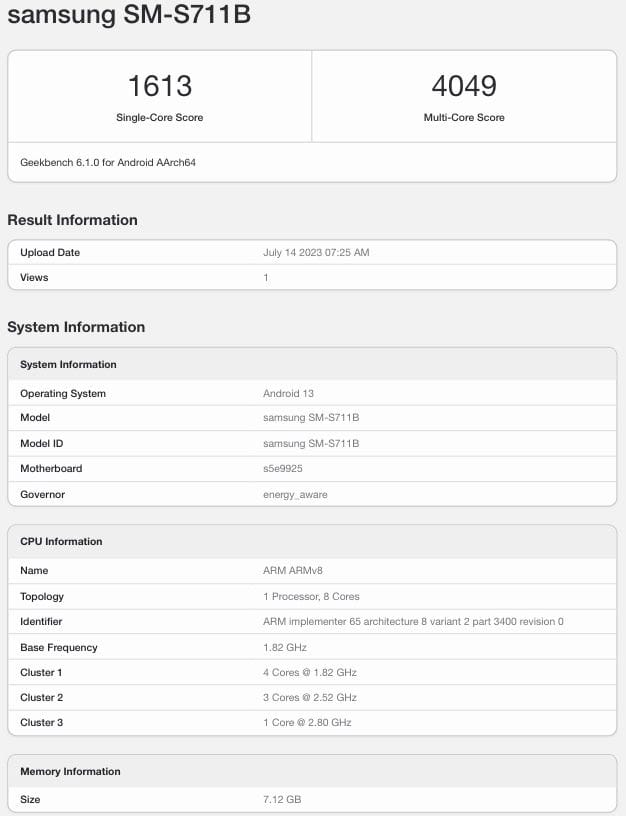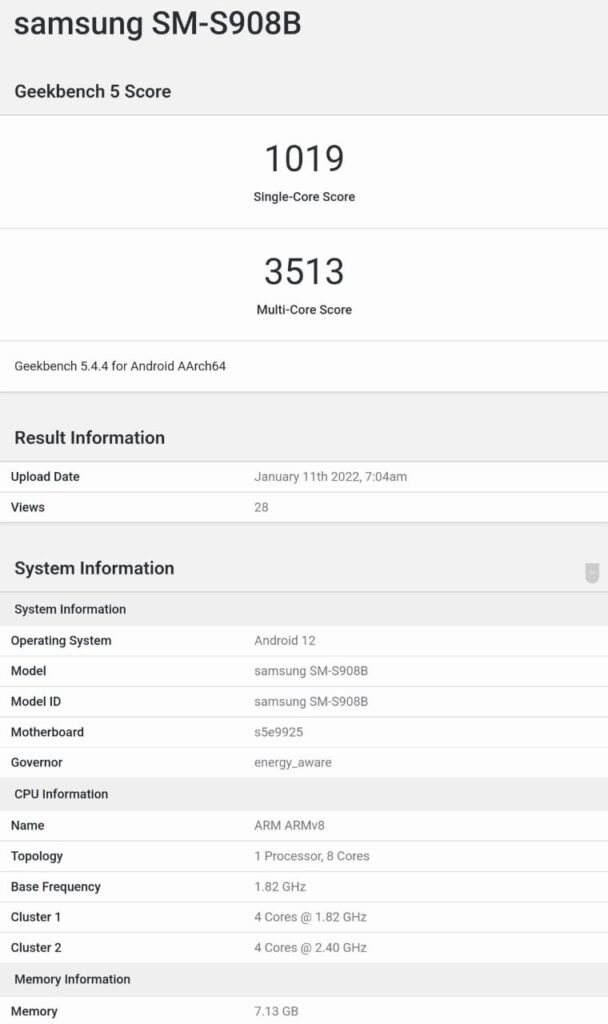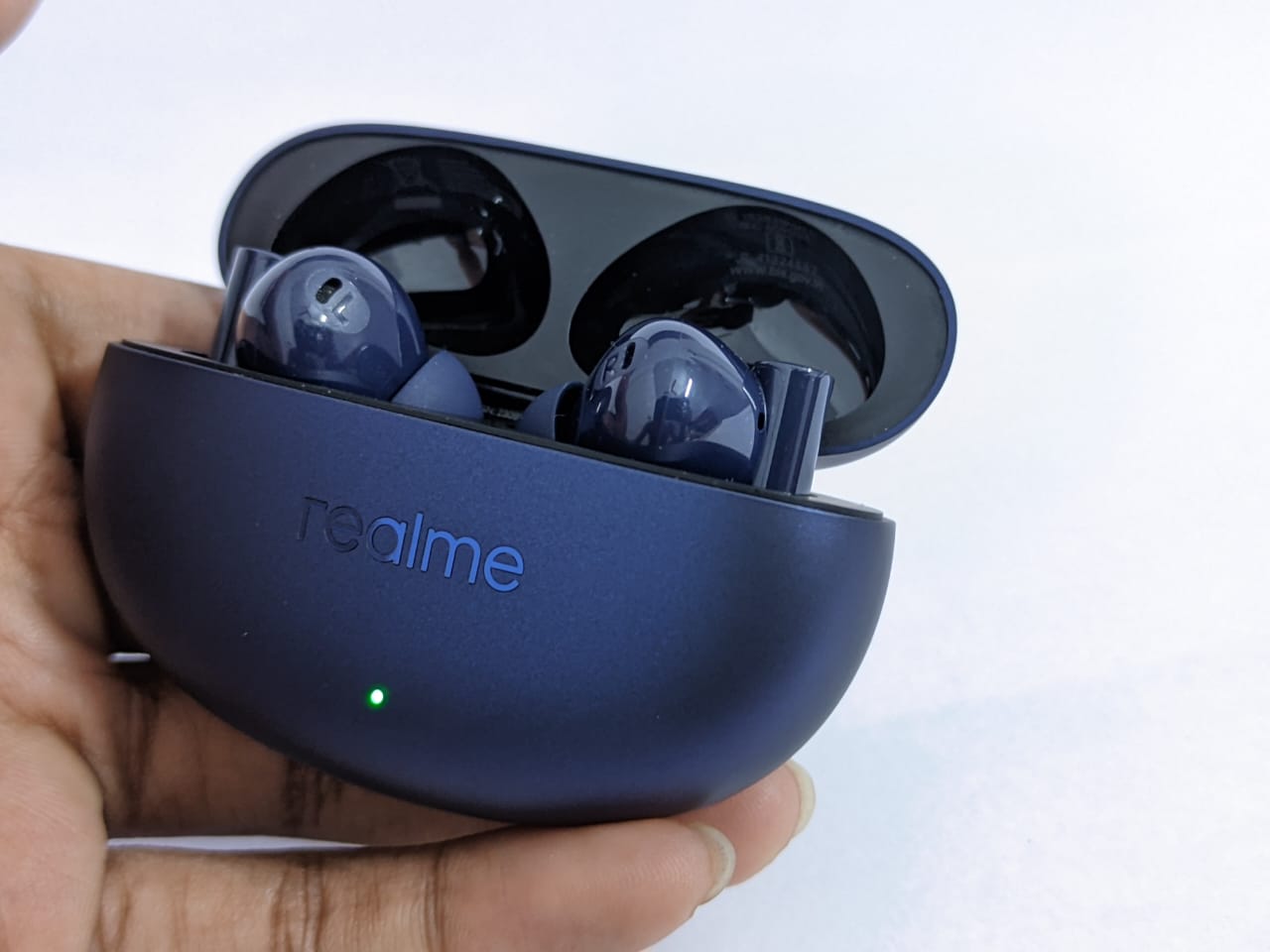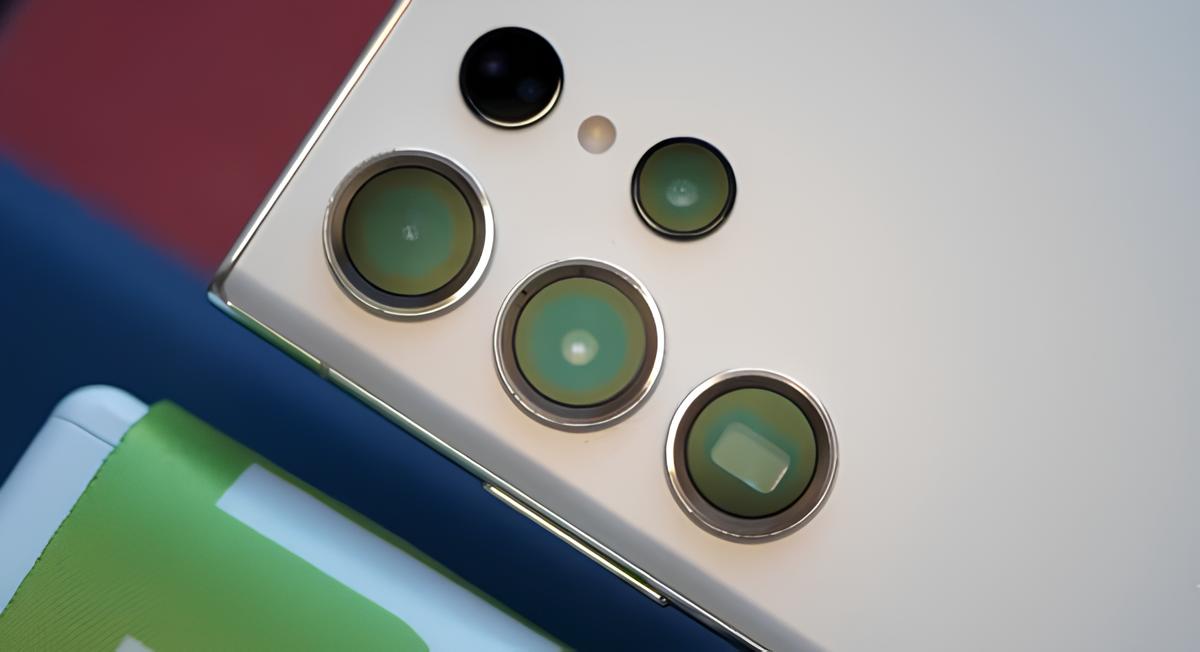The Samsung Galaxy S23 FE has appeared on Geekbench ahead of its launch, and this device seems to be outperforming the Galaxy S22 Ultra, despite having the same chipsets but logically inferior construction and cooling system.
The question of how the Galaxy S23 FE is achieving higher scores than the S22 Ultra is causing confusion among many.
There are multiple ways the latest Fan Edition (S23 FE) might be outperforming the Galaxy S22 Ultra in benchmarks. However, it’s important to note that benchmark scores may not always translate into real-life performance. So, let’s discuss what could be happening here.
To start, the global variant of the Galaxy S23 FE is powered by the Exynos 2200, while the US variant uses the Snapdragon 8 Gen 1, the same chipset as the Galaxy S22 series.
It’s not really fair to directly compare scores from two different versions of Geekbench, and it’s worth mentioning that the lower scores of the S22 series are from the older Geekbench 5.
| Device | Single | Multi |
| S23 FE (Exynos 2200) Geekbench 6 | 1613 | 4049 |
| S22 Ultra (Exynos 2200) Geekbench 5 | 1019 | 3513 |
| S22 Ultra (Exynos 2200) Geekbench 6 | 1632 | 3598 |
Here, you can see that the Geekbench 6 scores of the S22 Ultra have significantly improved compared to those from Geekbench 5, especially in terms of single-core performance.
Another point to note is that sometimes devices intentionally prioritize performance for benchmark applications to achieve higher numbers, while they may throttle back performance in actual use.

Source: MySmartPrice

A higher Geekbench score does not guarantee better performance for the Galaxy S23 FE
Geekbench had actually recognized this phenomenon with four generations of Samsung’s Galaxy S lineup of devices – the Galaxy S22, S21, S20, and S10 series devices – and had temporarily delisted them until certain issues were addressed through software updates.
Currently, the main factor affecting the perception of the Galaxy S23 FE is the use of older Samsung-manufactured chips. If it manages to deliver promising benchmark scores, it might lead some to believe that Exynos has finally improved. However, without real-world testing data, this remains a topic of discussion based on Exynos’ track records.
Higher power consumption and heat generation may be sustainable for a sub-5-minute benchmark test, which could have provided an incentive for the company to optimize devices in this regard. However, using the device in a practical scenario for longer sessions might not remain sustainable and, as a result, may not align with the benchmark numbers.
While it’s possible that they have indeed improved the Exynos 2200’s performance, the company has not officially stated that they are working on enhancing older chips. Moreover, their chip division is not known for undertaking such initiatives without marketing them.
Keep in mind that benchmark numbers don’t always translate directly to real-world performance, and these claims of Exynos 2200 improvements should be taken with a healthy dose of skepticism.


